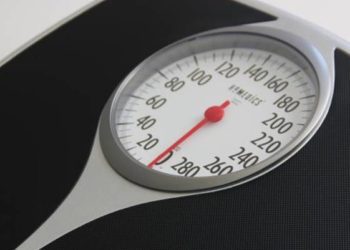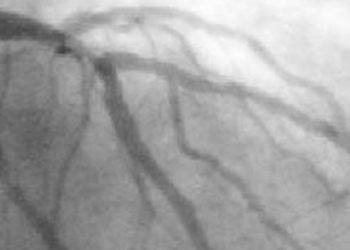Sleeve gastrectomy surgery linked to more weight loss than lap-band
Image: PD
1. 1 month complication rates in increasing order: laparoscopic-adjustable gastric banding (LAGB), sleeve gastrectomies (SG), laparoscopic gastric bypass (RYGB).
2. Weight loss at one year as percentage of body weigt: 34% for LAGB, 60% for SG, and 69% for RYGB.
3. SG is nearly as effective at as RYGB when comparing remission rates of hypertension, diabetes, and sleep apnea in obese patients.
Evidence Rating Level: 2 (Good)
Study Rundown: The data in this retrospective cohort study provide strong evidence to suggest that SG is at least as effective as one of the two other main procedures to lose weight: LAGB or RYGB. As the authors suggest, SG is a reasonable alternative for many patients, and given its comparable effectiveness to other procedures, should be covered by insurance. Strengths of this study include its sheer size (nearly 9,000 patients) and ability to adjust for all demographics to match patients across the entire cohort. The 1 point difference in BMI present in one group is likely not large enough to be of clinical significance. However, a limitation of the study is that, since it was not a randomized trial, it is impossible to know whether there are other confounders that they did not adjust for. Although the many variables they did match successfully across cohorts provides some reassurance that these numbers are generally representative.
Click to read the study in Annals of Surgery
Relevant Reading: Laparoscopic adjustable gastric banding in the treatment of obesity: a systematic literature review
In-Depth [retrospective cohort]: A bariatric surgery registry was used to create three cohorts of patients (n=2949 for each) that were matched by demographic characteristics. Complication rates within 30 days of the operation were documented, and were, in increasing order, 2.4% for laparoscopic-adjustable gastric banding (LAGB), 6.3% for sleeve gastrectomies (SG), and 10% for laparoscopic gastric bypass (RYGB) (p < .00001). Nonetheless, leakage and venous thromboembolism were still higher in SG than in RYGB patients. SG patients did not have higher rates of reoperation, readmission, emergency department visits, etc. compared to RYGB patients. At one year, weight loss as a percentage of body weight was 34% in LAGB, 60% in SG, 69% in RYGB, again showing a statistically significant difference between the 3 groups. When it came to remission of obesity-related comorbidities (hypertension, non-insulin dependent diabetes, and sleep apnea) at 1 year, SG was closer in effectiveness to RYGB than it was to LAGB.
By David Mattos and Allen Ho
© 2013 2minutemedicine.com. All rights reserved. No works may be reproduced without written consent from 2minutemedicine.com. Disclaimer: We present factual information directly from peer reviewed medical journals. No post should be construed as medical advice and is not intended as such by the authors or by 2minutemedicine.com. PLEASE SEE A HEALTHCARE PROVIDER IN YOUR AREA IF YOU SEEK MEDICAL ADVICE OF ANY SORT. Content is produced in accordance with fair use copyrights solely and strictly for the purpose of teaching, news and criticism. No benefit, monetary or otherwise, is realized by any participants or the owner of this domain.







